How this app studio fixed their marketing strategy and increased ROI 7x
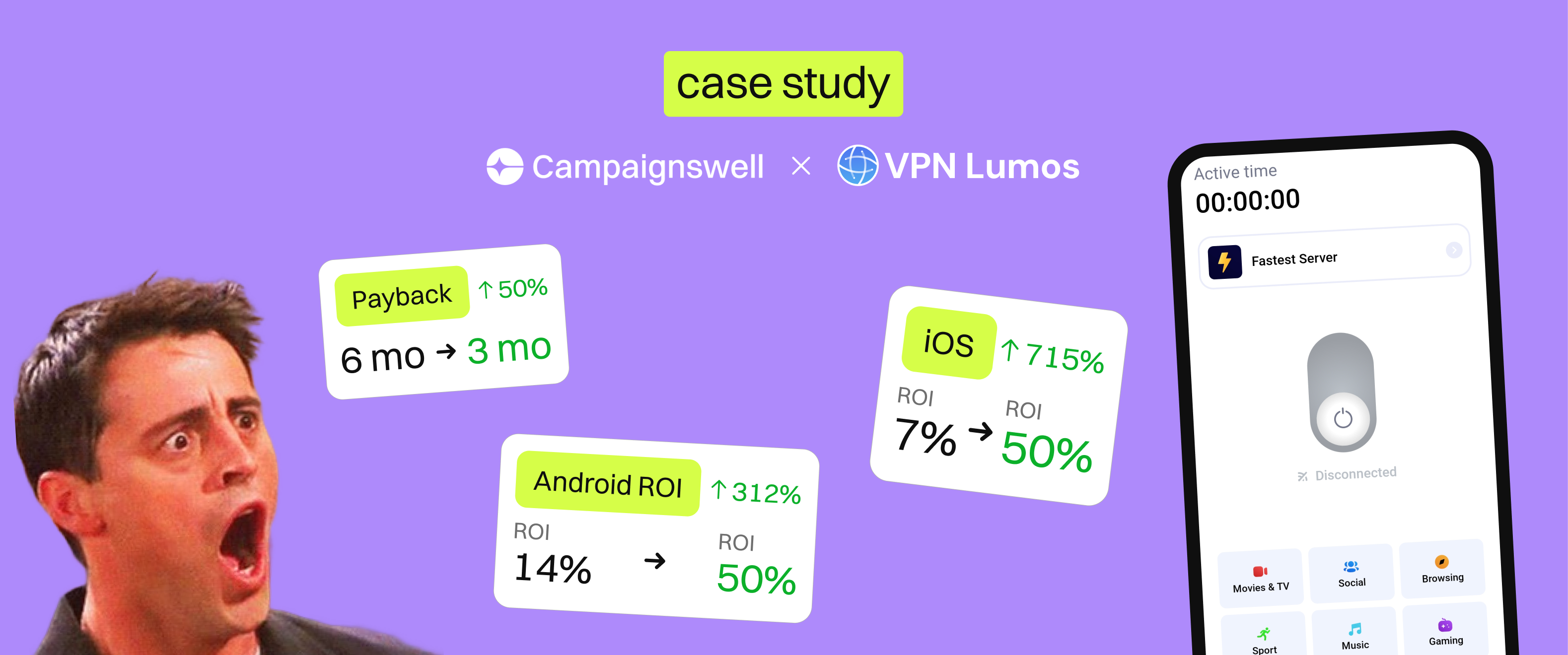
Raise your hand if this has ever been you: your UA team swears a campaign’s on fire, product says it’s barely smoldering, and finance is side-eyeing both, buried in Stripe exports and wondering where the revenue actually went.
That was daily life at Lumos VPN.
They weren’t short on tools. Quite the opposite, they had all the usual suspects: Apphud, Adapty, Amplitude, Singular. MMPs for attribution. Monetization platforms for subscriptions. Internal dashboards built by finance. Tools everywhere, but… clarity nowhere.
“One tool said the cohort was profitable. Another said it wasn’t. We were just arguing in circles,” said the marketing manager when we asked what was holding them back from scaling.
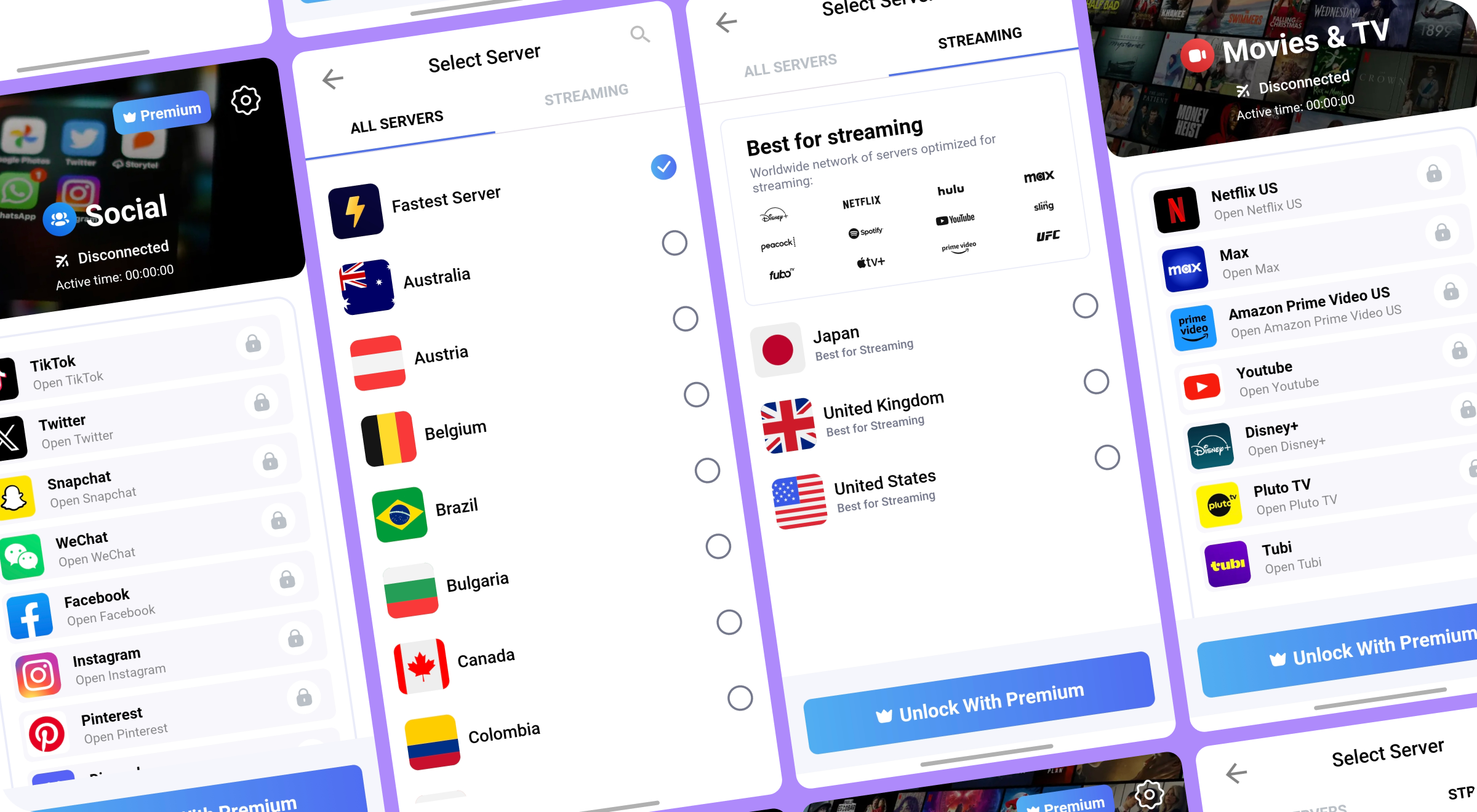
The backstory: when teams don’t speak the same data language
Lumos is a VPN app with users across platforms and geos, so UA was complex from the start. They needed to scale paid campaigns, but also understand retention, LTV, billing issues, and paywall performance. All of it was scattered across different systems that had no way of syncing with each other. Teams kept losing time double-checking the same numbers across different tools, just to make sure they weren’t working off the wrong version of the truth.
Product teams were testing paywalls and tracking renewals. UA was trying to optimize partner traffic. Finance wanted to forecast cash flows and keep the CAC:LTV ratio in check. But each team had their own source of truth, and surprise: those truths didn’t always match.
“It wasn’t just messy. It slowed us down. Everyone had data, but no one trusted each other’s version of it.”
They knew they were flying blind. Scaling Android was risky. Understanding what worked on iOS was like decoding a riddle. Simple questions, like “Is this campaign actually profitable?” turned into hour-long meetings, followed by deep dives into CSVs and Slack threads that never quite concluded. And that lack of clarity made it nearly impossible to increase ROI in any meaningful way.
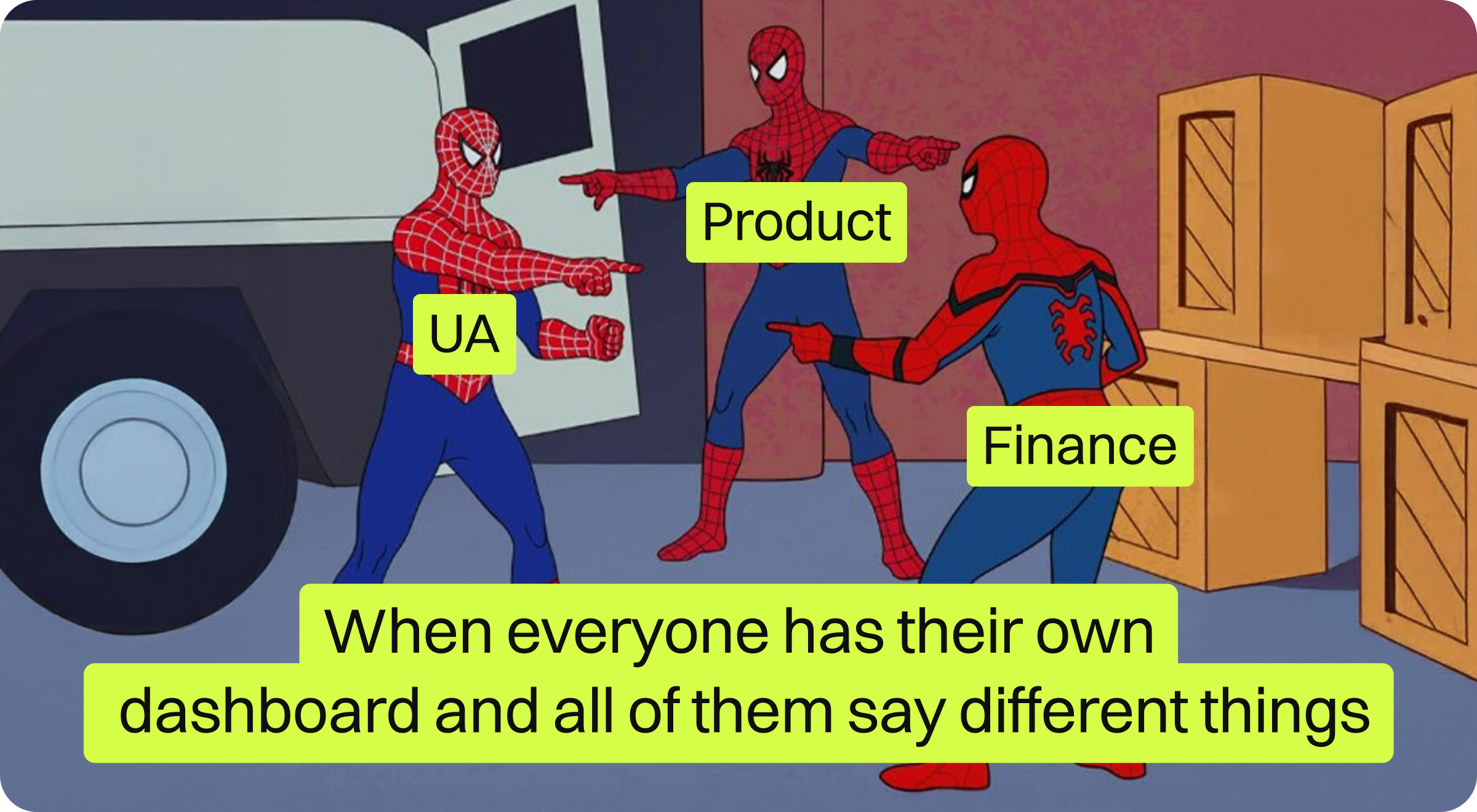
New tool and two months of deep doubt
So Lumos came to us. They were ready to solve the chaos: unified metrics, better forecasting, and a way to actually align UA, product, and finance. That’s where Campaignswell came in.
But Lumos wasn’t the type to plug in a new platform and call it a day. They rolled in with spreadsheets, benchmarks, and a healthy dose of “we’ll see about that.” Which, frankly, is exactly how smart teams should operate.
They spent two months testing everything. Every metric. Every prediction. LTV curves got dissected like they were under a microscope. Our dashboards went head-to-head with theirs, and if anything looked off, they didn’t shrug it off; they pulled receipts.
Let’s just say it felt like solving a math problem on stage with a spotlight and a stopwatch. And it was exactly the kind of collaboration we love. That deep dive surfaced a few spots where the model could be sharper, so we tuned the logic, added some custom tweaks, and leveled the whole setup to fit how Lumos actually worked.
“Sometimes Campaignswell caught things our other tools missed. Other times, we flagged something, and it got fixed almost immediately.”

Campaignswell in action: who’s using it and how
Apparently, we passed “the test”.
After two months of digging through dashboards, cross-checking forecasts, and pressure-testing every metric, the Lumos team landed here:
“Now we’re sure: if Campaignswell says it’s working, it really is. We fully trust the data.”
Now the team uses Campaignswell daily, and we’ve even been a little surprised by just how much value different specialists have managed to squeeze out of it.
We always designed it to help UA, growth, and budget owners move fast and make smarter calls. But the way it’s taken root across the whole company, from finance to product to analytics, has been seriously impressive.
Here’s how each team made it their own:
For the UA team
Campaignswell became the core tool for partner evaluation. They checked it every day to track spend, ROI forecasts, and conversion trends across geos and platforms. One of the features they leaned on heavily was predictive ROI per partner, broken down by country. It completely reshaped the way they approached bidding.
“We used to leave bids unchanged for weeks. Now we update based on the actual predicted payback. It’s night and day.”
They also built custom dashboards, saved views for specific campaigns, and used Campaignswell’s speed to deliver reports without the wait.
For the finance team
Campaignswell became the go-to for reporting, modeling, and internal planning. Weekly reports were built in it, and ad-hoc questions that used to take hours were answered in minutes.
They use it to:
- Forecast revenue and cash flow from UA campaigns
- Monitor spend distribution and profitability across segments
- Reallocate budget more effectively
“Before, we needed hours to pull reports. Now we get what we need, when we need it, broken down exactly how we want.”
The biggest shift was that they no longer had to juggle conflicting reports from different systems. Campaignswell pulled everything together and finally made the data make sense.
For product and analytics
Here’s where things got especially powerful. Product managers and analysts use Campaignswell to combine marketing and product insights in one view. They finally had the data to validate their experiments, not just at the paywall level, but across the entire user lifecycle.
They explored LTV, ARPU, conversion, and retention metrics with far more granularity, down to cohorts, geos, and even install types (like new users vs. re-installs).
“Now we can look at an A/B test and actually see whether it lifted revenue or just shuffled it between placements.”
A major unlock was the ability to spot behavior patterns tied to billing issues or retention drop signals that were nearly impossible to catch before.
And because everything was centralized, it meant faster cross-team decisions and fewer analytics rabbit holes.
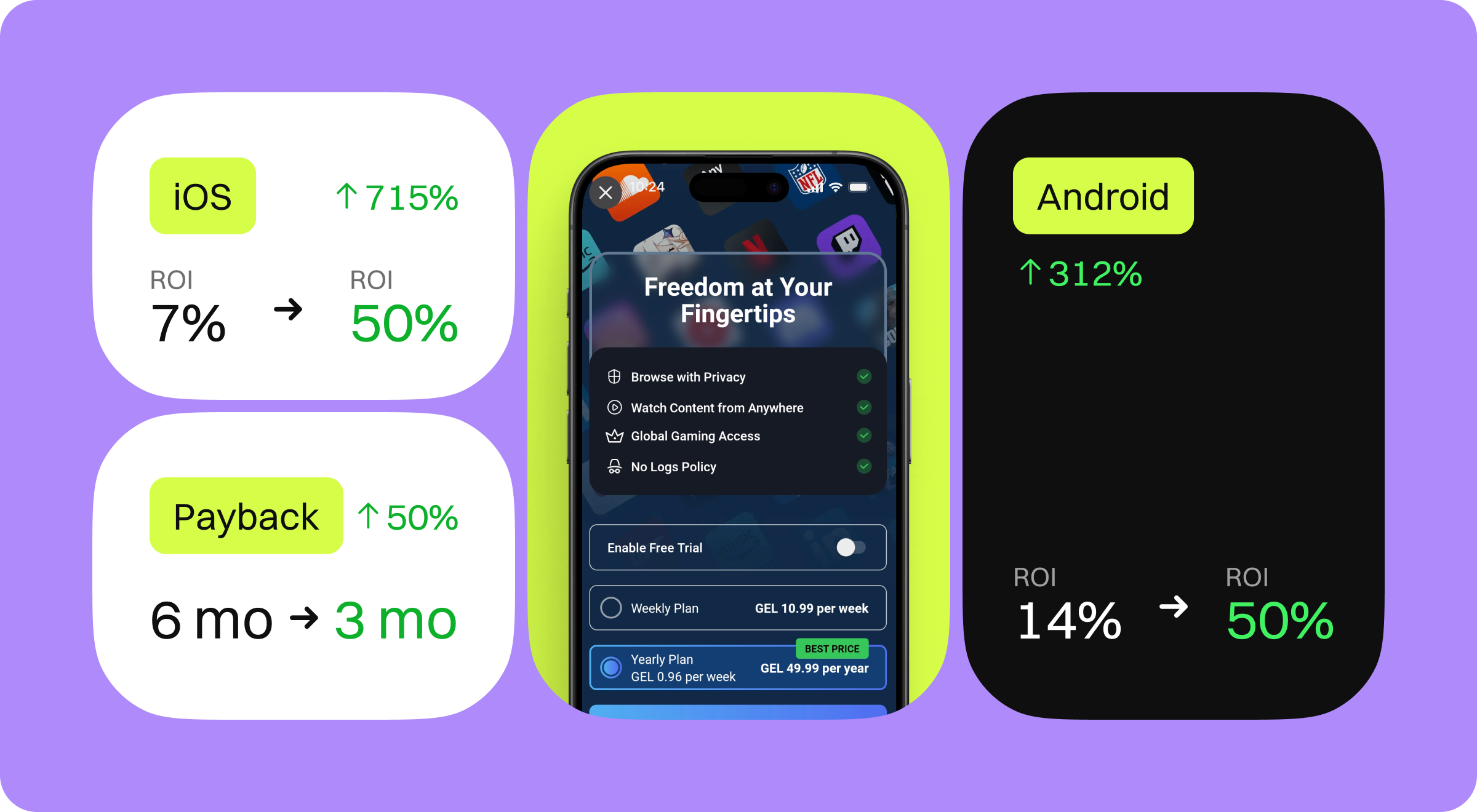
Let’s talk ROI (because that’s what got real)
All the dashboards, alignment, and faster decisions are great, but at the end of the day, results speak louder than a clean cohort chart.
Once the dust settled and teams had Campaignswell fully woven into their workflow, the numbers started moving. Not just in the “feels more efficient” way, but in the “can we frame this ROI jump and hang it on the wall” way.
Here’s what changed when visibility turned into action:
On iOS
Their biggest traffic source, around half their spend, had a 6-month ROI of just 7% when they started. And that was after lots of trial and error. With Campaignswell, the UA team shifted how they worked: new goals, clearer data, faster reactions. In six months, ROI on that same channel jumped to 50%.
On Android
Before Campaignswell, things were still uncertain on the Android side. Lumos was running small experiments, testing the waters, and trying to make sense of early performance. ROI hovered around 14%, which left the team in a holding pattern. Without reliable forecasting, scaling felt risky; any increase in spend could just as easily amplify losses as deliver growth.
Then Campaignswell stepped in with solid predictions and sharper targeting signals. Suddenly, the team wasn’t guessing anymore.
They tripled their Android spend. ROI didn’t just hold, it increased to 50%.
“That’s when we knew we could finally scale without flying blind.”
Across the company, payback time dropped from 6 months to 3.
What got easier (and way less stressful)
Everything.
Bid changes used to be reactive. Now they’re based on real-time forecasts.
Partner traffic used to get lumped together. Now they can see ROI by geo, partner, and platform.
Product experiments finally connect to revenue impact.
UA, product, and finance were finally working from the same page, with the same dashboard and the same set of facts.
Even odd patterns started popping up, like how reinstalls behave differently than new users, or billing issues that were invisible in other tools. Those insights used to take hours (or just never happened). Now they’re just… there.
From crossed wires to green lights
Sure, the metrics got sharper, but the shift went deeper than dashboards.
Before Campaignswell, decisions at Lumos often stalled at the “wait, are we even looking at the same numbers?” stage. Every team had their own version of reality, and alignment meant endless message threads and meeting recaps. Campaignswell didn’t just fix the reporting; it changed how teams worked together.
They moved faster, argued less, and started making choices that clearly increased ROI. They focused more energy on growing results, not debating spreadsheets. And yes, the vibe improved, too. When everyone’s working from the same source of truth, that tense uncertainty melts into something better: momentum.
“If Campaignswell says the ROI looks good, we don’t second guess it. We act.”
For a company juggling iOS and Android, paid and organic, affiliates and product experiments, that kind of operational clarity is exactly what makes real scale work.
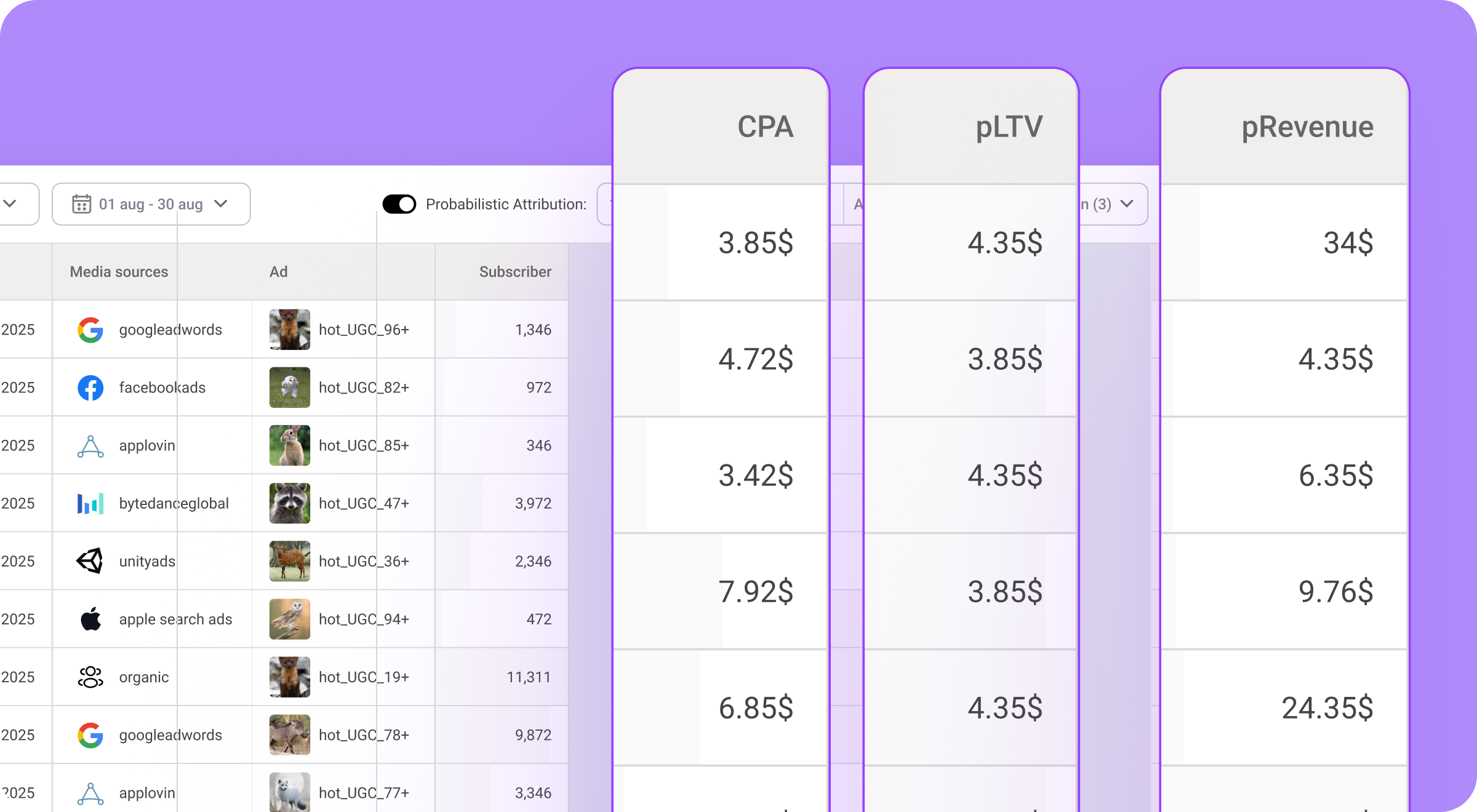
So, what is Campaignswell, exactly?
If you’ve made it this far and you’re wondering what kind of tool pulls all this off, here’s the short version.
Campaignswell was built for marketers with budgets on their shoulders and five tabs open trying to prove ROI. It pulls together all the scattered stuff you’re constantly flipping between: ad platforms, MMPs, Stripe, app store data, and turns it into one fast, clean view of what’s really going on with your funnel. So instead of guessing where the money went, you can actually steer it somewhere useful and finally increase ROI without crossing your fingers.
One of the biggest advantages is being able to shift from reacting to yesterday’s performance to confidently planning what’s next. Campaignswell gives you visibility into what’s picking up momentum, what’s at risk, and where your strongest opportunities are likely to come from.
Here’s what that looks like:
- Forecasted ROI across channels, campaigns, and creatives
- Predictive 12-month LTV by cohort, geo, and platform refreshed daily
- Early signals when something’s veering off course
It’s built for teams managing real budgets, the kind that need to make fast decisions and can’t afford to guess.
And it’s designed to support budget calls from day one. Whether you're adjusting bids, reallocating spend, or proving to finance that a test is working, Campaignswell keeps the whole team aligned with numbers they can trust.
What makes it especially powerful is how it goes beyond campaign results and into user behavior. The models are trained to track what people actually do, so you can identify the audiences that retain, convert, and bring in meaningful long-term value. It’s how teams stop wasting budget on the wrong users and start growing with the right ones.
Want to see how it would work with your data?
Book a quick walkthrough.


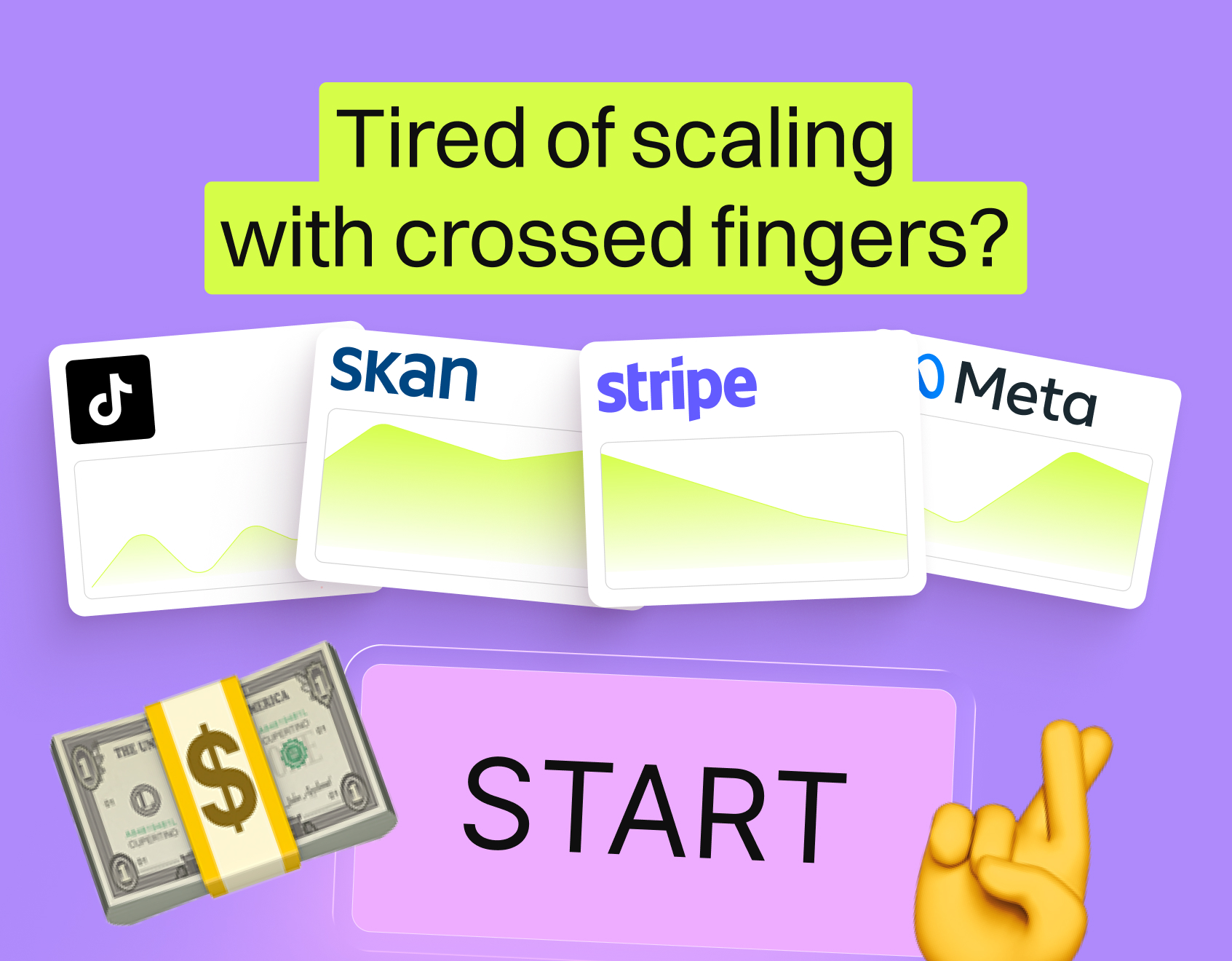
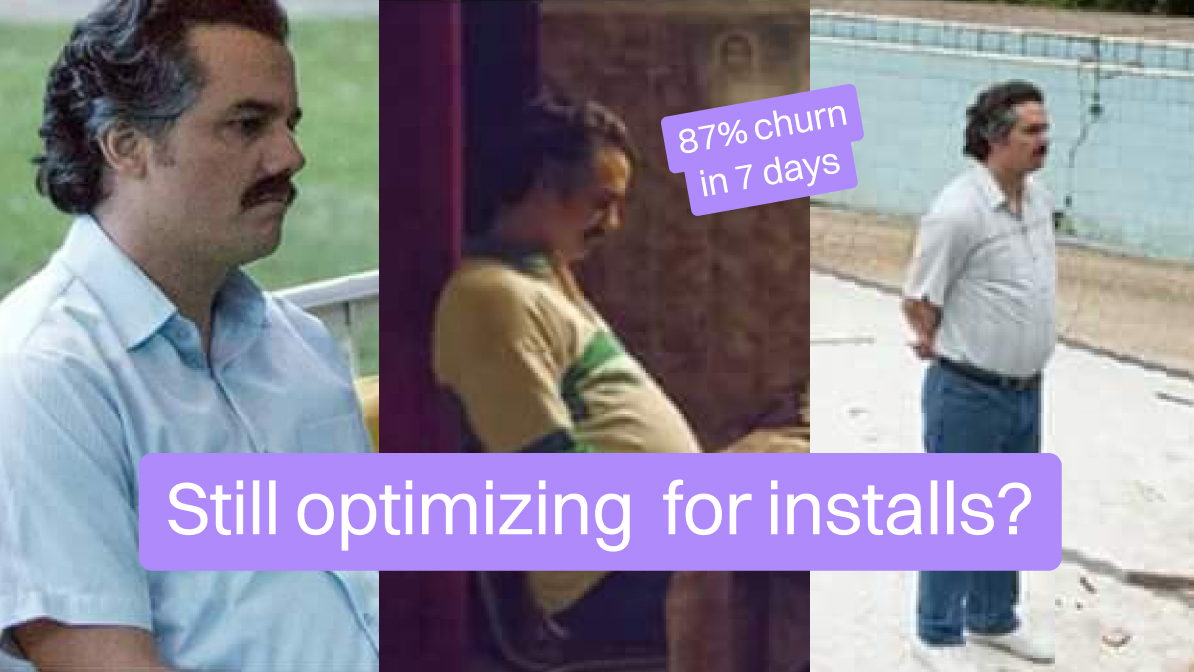


.jpg)

